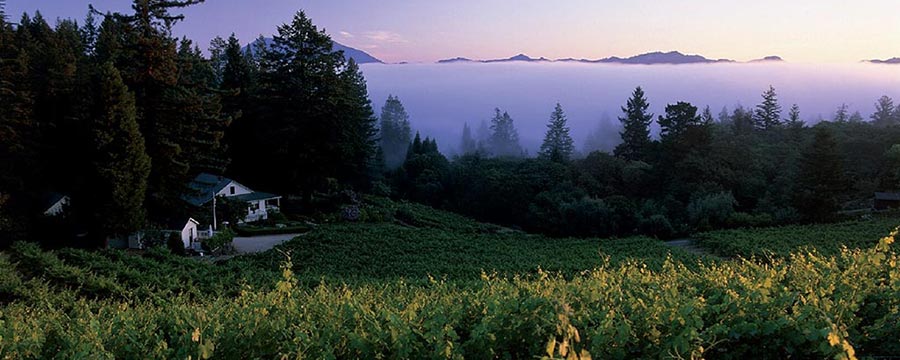Welcome to Napa Valley, a region not only celebrated for its exquisite wines but also for its distinct climate that has shaped its rich vinicultural heritage. As you journey through the heart of Napa Valley, let’s take a moment to explore the fascinating climate of this world-renowned wine region and how it has influenced its history and development over the centuries.
Napa Valley’s climate is a key player in its success as a premier wine-producing region. Characterized by a Mediterranean climate with long, warm summers and mild, wet winters, the valley provides an ideal environment for grape cultivation. This unique climate is one of the main reasons why Napa Valley has become synonymous with high-quality wines.
The history of viticulture in Napa Valley dates back to the mid-19th century. In 1838, George C. Yount, a settler from North Carolina, became the first to plant grapevines in the region, recognizing the potential of the valley’s fertile soil and favorable climate. By the late 1800s, the region had already started to gain a reputation for its wines, with pioneering winemakers such as Charles Krug and Gustave Niebaum laying the foundations for what would become a thriving wine industry.
However, the journey was not without its challenges. In the late 19th century, the phylloxera pest devastated vineyards across Europe and North America, including Napa Valley. This tiny insect attacked the roots of grapevines, leading to massive losses for viticulturists. The solution came in the form of grafting European grape varieties onto American rootstocks, which were resistant to the pest. This innovation helped save the Napa wine industry and ensured its survival into the 20th century.
A significant milestone in Napa Valley’s history occurred in 1976 with the famous ‘Judgment of Paris’ wine tasting. During this event, Napa wines, particularly the 1973 Stag’s Leap Wine Cellars Cabernet Sauvignon and the 1973 Chateau Montelena Chardonnay, were rated above prestigious French wines. This victory put Napa Valley on the map, proving that its wines could compete with the best in the world.
Throughout its history, Napa Valley has attracted notable figures and celebrities, from Hollywood stars to presidents, each drawn by its serene landscapes and exceptional wines. Today, the valley continues to thrive as a major wine tourism destination, with over 400 wineries, picturesque vineyards, and a commitment to sustainable farming practices.
As you explore Napa Valley, consider how its climate has played a vital role in shaping its legacy. The balance of sun, rain, and fog creates the perfect conditions for producing wines that express the unique characteristics of the region. Whether you’re savoring a crisp Sauvignon Blanc or a bold Cabernet Sauvignon, each sip is a testament to the climate’s influence.
In conclusion, Napa Valley’s climate is not just a backdrop but a defining element of its winemaking excellence. It has guided the region’s history, challenged its resilience, and ultimately contributed to its global renown. As you continue your journey, let the story of Napa Valley’s climate enrich your appreciation for this remarkable region and its wines.


